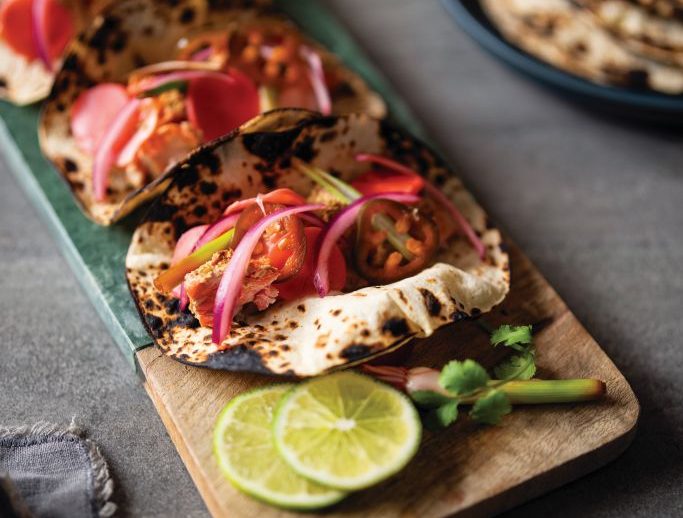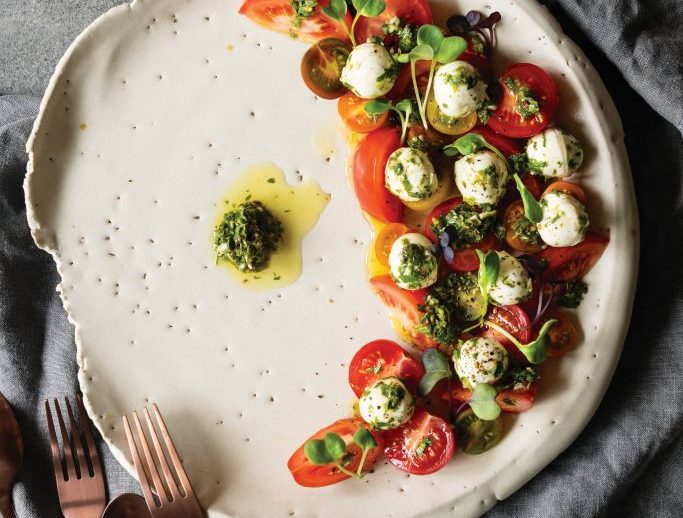
The word “conflict” often elicits grimaces rather than smiles. This is consistent from global politics to home relationships. Yet conflict is natural, inevitable, and potentially beneficial.
Conflict can mobilize our energy, spark creativity, and build stronger relationships. All you need is self-responsibility, goodwill, and a desire to engage. Let’s explore the fundamentals.
Definition
For this discussion, conflict is defined as strong argument or prolonged disagreement. Healthy conflict occurs when all parties are heard, safe, and where boundaries are respected.
Why are we arguing?
Tension or misunderstanding can arise without understanding its cause or solution.
Consider these details:
• the catalyst for the conflict
• the specific subject matter
• how familiar this issue is
• the stakes involved, including relationship importance
• your current level of resources
What does healthy conflict look like?
In some relationships, disagreements are ignored; others may involve heated exchanges. Healthy conflict, however, is grounded in self-responsibility, boundaries, and curiosity. This means focusing on exploration and cooperation rather than avoidance or battle.
What if the kids hear us?
Kids pick up on words and moods, making it futile to hide simmering conflict. They may sense distress even without specifics.
Guidelines to consider with your kids:
- Acknowledge disagreement or frustration; they’ve likely noticed.
- Explain that everyone will be okay and that it will be addressed privately.
- Encourage them to ask questions if they feel unsettled.
This approach helps kids trust their observations and understand boundaries regarding private issues. It keeps communication open, allowing them to soothe themselves as needed.
Time out!
Unless urgent, you can choose the time and place for healthy conflict. Emotional maturity is needed to contain frustrations long enough to create a conducive environment. If someone is too unsettled, a timeout is useful, as long as there’s an agreement on when to resume.
Suggest a specific timeframe (30 minutes or until after dinner) to help maintain focus and respect.
Practice makes perfect
Start by taking a breath and identifying a beginning point. For example, “Can we talk? I’m feeling tense and would like to discuss what happened at dinner.” Pause and listen for a response.
Healthy conflict requires practice, leading to skills and resilience. A positive outcome can be agreeing to disagree or celebrating progress.
Consider practicing with someone in a low-stakes scenario where you can retain a sense of humor.
The bottom line
We don’t always agree and sometimes misunderstand. Most relationships are worth the effort to bridge these gaps. This can release contained energy, fostering more passion and creativity—and stronger relationships. [END]
By Carole Ames









